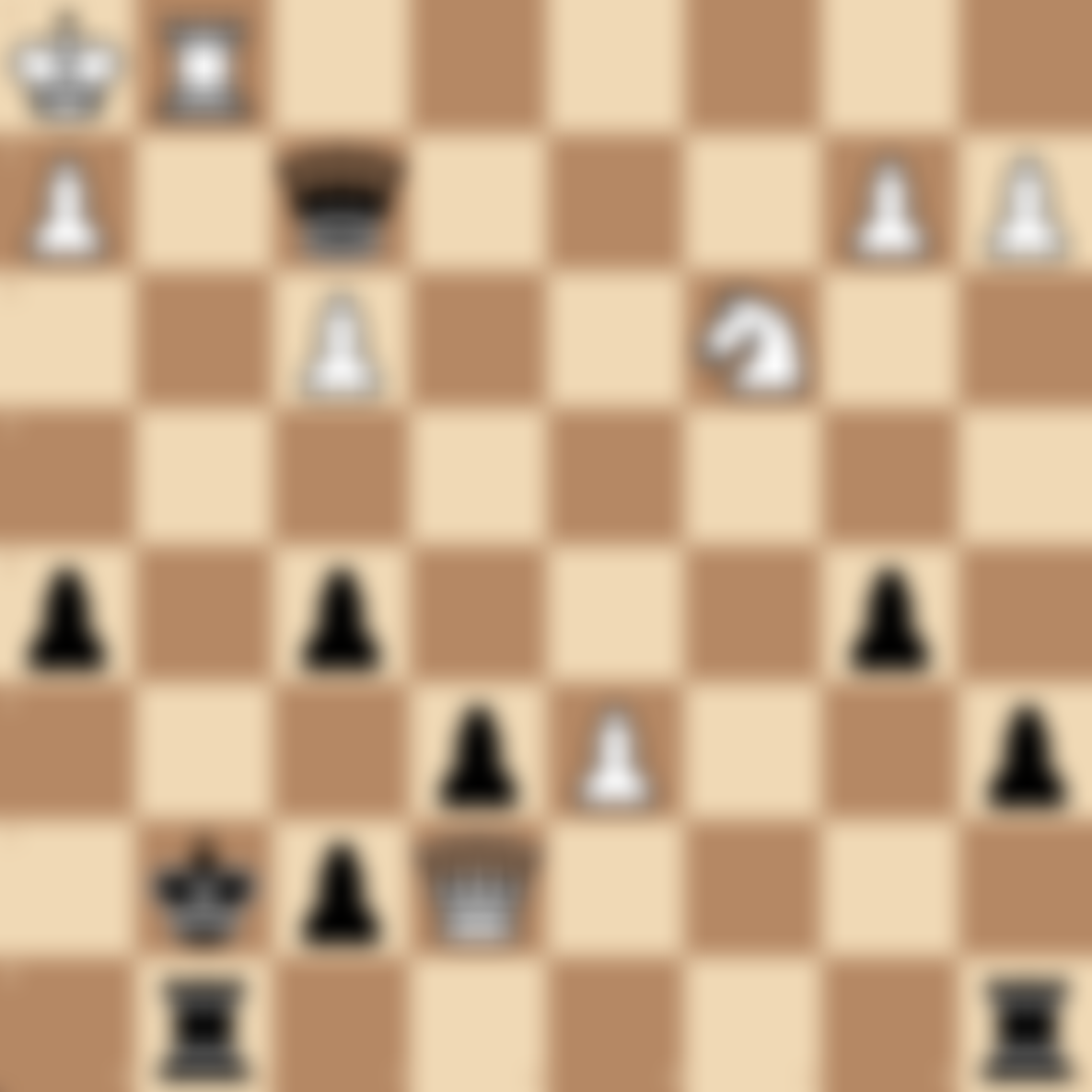Fianchetto in Chess: Master This Powerful Strategy
Table of Contents
- Introduction
- What is a Fianchetto?
- Types of Fianchetto
- Advantages of Fianchetto
- Common Fianchetto Openings
- Tips for Using Fianchetto Effectively
- Practice Fianchetto Puzzles
- FAQs
Introduction
The Fianchetto is a powerful and flexible chess strategy that can significantly enhance your game. At chesspuzzles.io, we've created this comprehensive guide to help you understand, implement, and master the Fianchetto technique. Whether you're a beginner looking to expand your chess knowledge or an advanced player aiming to refine your skills, this guide will provide valuable insights and practical exercises.
What is a Fianchetto?
A Fianchetto (Italian for "little flank") is a chess opening strategy where a bishop is developed to the second rank of an adjacent pawn, typically on the longest diagonal of the board. This maneuver:
- Creates a strong, protected position for the bishop
- Enhances control over the center squares
- Provides additional protection for the castled king
Understanding and executing the Fianchetto is crucial for:
- Developing a solid pawn structure
- Improving piece coordination
- Creating long-term strategic advantages
Types of Fianchetto
Kingside Fianchetto
The Kingside Fianchetto involves moving the g-pawn one square forward and placing the bishop on g2 (for White) or g7 (for Black). This setup:
- Strengthens kingside castling position
- Exerts pressure on the center and opposite wing
- Supports pawn breaks in the center
Queenside Fianchetto
The Queenside Fianchetto involves moving the b-pawn one square and placing the bishop on b2 (for White) or b7 (for Black). This setup:
- Controls the long diagonal
- Supports queenside expansion
- Can be combined with kingside castling for added flexibility
Advantages of Fianchetto
- Enhanced bishop activity
- Improved pawn structure
- Flexible development options
- Solid defensive foundation
- Potential for quick counterattacks
Common Fianchetto Openings
Several popular chess openings incorporate the Fianchetto:
- King's Indian Defense
- Catalan Opening
- Pirc Defense
- Sicilian Dragon
- Reti Opening
Tips for Using Fianchetto Effectively
- Practice regularly on chesspuzzles.io to build pattern recognition
- Combine Fianchetto with other strategic elements (e.g., central pawn breaks)
- Be aware of potential weaknesses created by the Fianchetto
- Use the Fianchetto as part of a broader strategic plan, not in isolation
- Study games of grandmasters who frequently employ Fianchetto setups
Practice Fianchetto Puzzles
Improve your understanding and implementation of the Fianchetto with our collection of specially designed puzzles:
Try our Fianchetto Strategy Puzzles on chesspuzzles.io now
These interactive puzzles will help you recognize Fianchetto opportunities, understand their strategic implications, and improve your overall chess skills.
FAQs
Q: Is the Fianchetto suitable for beginners? A: Yes! While mastering its nuances takes time, the basic Fianchetto concept is accessible to players of all levels. Practice on chesspuzzles.io can help beginners incorporate this strategy effectively.
Q: Can the Fianchetto be used in both opening and middlegame? A: Absolutely. While often associated with openings, a Fianchetto can be a powerful middlegame maneuver as well, especially when reorganizing your pieces for a new plan.
Q: Are there any drawbacks to using a Fianchetto? A: Like any strategy, the Fianchetto has potential drawbacks, such as weakening the pawn structure if not properly supported. Learning to balance its strengths and weaknesses is key to mastering this technique.
Ready to elevate your chess game with the Fianchetto strategy? Try our Fianchetto Strategy Puzzles on chesspuzzles.io now and watch your strategic understanding soar!
